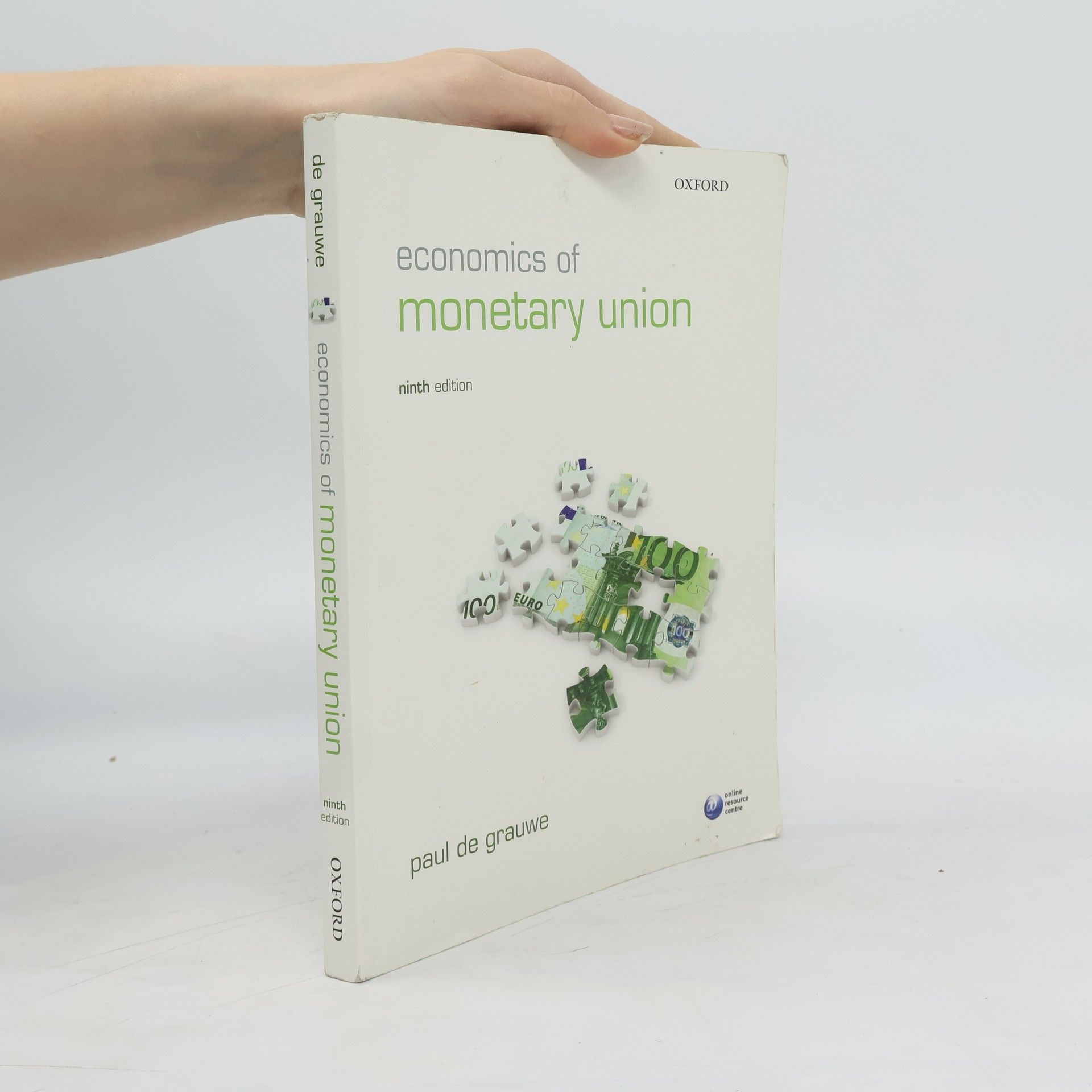Economics of Monetary Union
- 312 pages
- 11 hours of reading
The ninth edition of Economics of Monetary Union provides a concise analysis of the theories and policies relating to monetary union. The author analyses both the costs and benefits associated with having one currency, as well as the practical workings and current issues with the Euro. In Part One the author examines the implications of adopting a common currency; assessing the countries benefit from being in the Eurozone members, while also questioning whether other parts of the world would gain from monetary unification. Part Two of the book looks at the problems of running a monetary union by analysing Europe's experience and the issues faced by the European Central Bank. Review comments: 'As a book that focuses on the Economics of the EMU, it is literally and metaphorically without competition and thus beyond compare'. Professor Rob Ackrill, Nottingham Trent University 'I think it is the best in the field.' Dr Matteo Iannizzotto, Durham University 'It is clearly the leading textbook for lecturers teaching modules in European Integration and a key reference for students and researchers.' Dr Jan Fidrmuc, Brunel University Online Resource Centre: For Students: Links to data sources Essay questions links to articles and papers For Lecturers: Instructor manual PowerPoint slides

